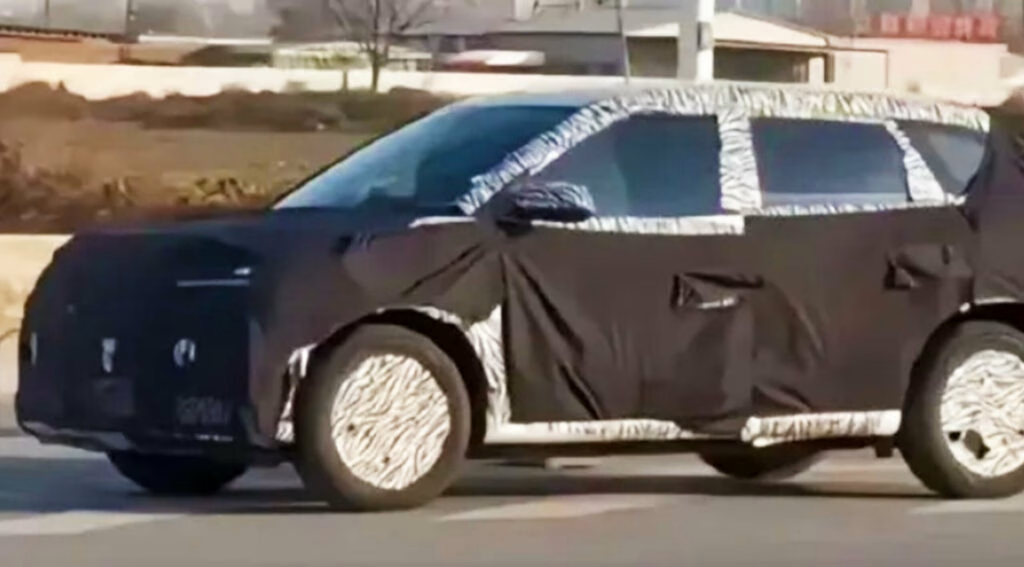How is Xiaomi’s YU9 Different from Previous Models?
If you’ve been following Xiaomi’s rapid rise in the automotive world, you know the company isn’t just dabbling—it’s making serious waves. After the buzz around the SU7 sedan and the YU7 SUV, Xiaomi is already preparing its third act: the YU9, codenamed Kunlun. But this isn’t just another electric SUV. The YU9 is set to break from Xiaomi’s earlier formula by introducing a range-extender hybrid system, rather than sticking with a purely electric setup.
Why does this matter? For starters, range anxiety is still a real concern for many buyers, especially in regions where charging infrastructure lags behind. By pairing a 1.5-liter turbocharged engine with two electric motors, the YU9 aims to deliver the best of both worlds: the instant torque and smoothness of electric drive, plus the long-haul confidence of a traditional engine. Early reports suggest a combined output of around 400 horsepower and a staggering total range of over 932 miles (1,500 km). That’s not just impressive—it’s a direct challenge to established players like the Li Auto L9 and Aito M9, both of which have built their reputations on long-range hybrid tech.
What’s Under the Hood, and Why Should You Care?
Let’s get into the nuts and bolts. The YU9’s powertrain is a clever blend: a 1.5-liter turbo engine acts as a generator, feeding power to a pair of electric motors. This setup means the gasoline engine rarely, if ever, drives the wheels directly. Instead, it keeps the battery topped up, extending your range without the need for frequent charging stops.
The electric motors alone are expected to offer a pure-electric range of over 124 miles (200 km)—enough for most daily commutes or weekend errands without burning a drop of fuel. And when you do need to go farther, the engine steps in seamlessly. Xiaomi is also rumored to be using an 800-volt electrical system, which is cutting-edge tech that allows for much faster charging compared to traditional 400-volt systems. In short, you’ll spend less time plugged in and more time on the road.
How Does the YU9 Stack Up in Terms of Design and Space?
Spy shots and early renderings hint at a more upright, traditional SUV silhouette for the YU9, a departure from the sleeker, coupe-like YU7. This isn’t just about looks—it’s about practicality. Expect a roomy cabin with six- or seven-seat configurations, making it a strong contender for families or anyone who needs serious space.
While Xiaomi is keeping most design details under wraps (the prototypes are still heavily camouflaged), the YU9 is likely to carry over signature touches from its siblings, like wraparound LED taillights and sharp, modern headlights. If the SU7 and YU7 are any indication, the interior will probably be tech-forward, with big screens and a minimalist vibe. No official images yet, but Xiaomi’s track record in consumer electronics suggests the user experience will be a major selling point.
What’s the Price Tag, and Who’s the Competition?
Here’s where things get interesting. Industry insiders estimate the YU9 will start at around 360,000 yuan (roughly $50,000), with higher trims pushing close to 500,000 yuan ($70,000). That positions it squarely against premium Chinese SUVs like the Li Auto L9 and Aito M9, both of which have seen strong sales thanks to their blend of luxury, tech, and extended range.
But Xiaomi has a secret weapon: its brand power and ecosystem. With millions of loyal fans and a reputation for delivering high value, Xiaomi could attract buyers who might otherwise have gone with more established automakers. And with the company’s recent track record—289,000 orders for the YU7 in just one hour—it’s clear there’s appetite for something new.
What’s the Real-World Impact for Drivers?
Let’s be honest: the EV revolution is exciting, but it’s not without its headaches. Charging infrastructure is patchy in many places, and long road trips can still be a logistical puzzle. The YU9’s range-extender approach is a pragmatic solution, offering electric drive for daily life and gasoline backup for those rare, epic journeys.
This hybrid strategy isn’t unique to Xiaomi—BMW, Nissan, and others have explored similar tech—but the YU9’s projected range and power are pushing the envelope. For families, road-trippers, or anyone who wants to dip a toe into electrification without going all-in, this could be the sweet spot.
What Should You Watch for Next?
The YU9 is still in prototype form, with camouflaged test vehicles making the rounds on Chinese roads. But if Xiaomi’s recent pace is any indication, an official launch could come as soon as 2026. Keep an eye out for more details on interior tech, safety features, and real-world performance as the launch date approaches.
The big takeaway? The YU9 isn’t about perfection—it’s about smarter adjustments. Start with one change this week, and you’ll likely spot the difference by month’s end. Xiaomi’s latest SUV is proof that sometimes, the best move isn’t a leap—it’s a well-timed pivot.

